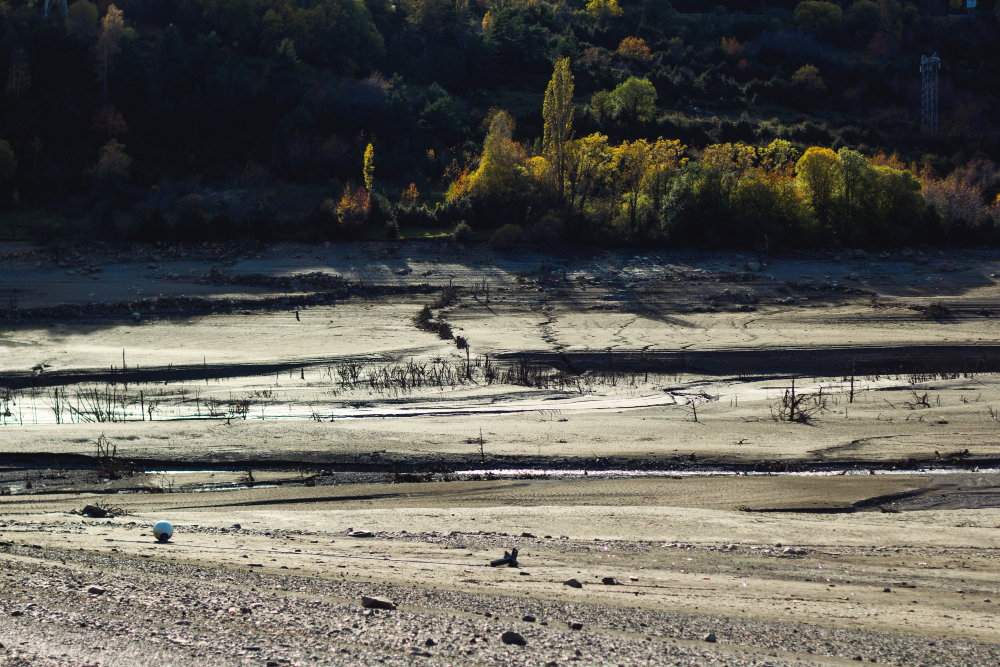Discharging Contaminated Land Planning Conditions
If you’re a developer, planner or engineer looking to develop contaminated land, then planning conditions must be discharged prior to starting the project. This can seem like an intimidating task, and understanding the processes that are required in order to ensure your development is fit for purpose can feel overwhelming. But we're here to help! In this blog post, we'll dive into the details of what it takes to discharge contaminated land planning conditions - so you can make sure your projects run smoothly. With our comprehensive guide and tips on discharging land contamination planning requirements, you'll get up-to-speed quickly and be ready to tackle any challenge the job throws at you!
Phase 1 Preliminary Risk Assessment (Desk Study)

The first step of the process is determining whether a site requires an assessment through a Phase 1 Preliminary Risk Assessment. This desk study gives you the opportunity to evaluate the risks present at your site prior to committing resources in terms of time and money. The evaluation will help determine if there are any contaminants present on the property and what steps need to be taken next for further investigation. In this phase, you also get to discover which regulations apply to your land as well as who owns it and what uses it has had in previous years. In general, if:
- Contaminants aren’t noticeable from visual assessments.
- There are no known sources nearby that may have contaminated the area
- There are no indications that would require further investigation
Then you will usually be able to skip Phase 1. However, if your site has a history of heavy industrial use, or there is reason to believe that contaminants may have leaked from other areas into the property, then it’s recommended you move forward to the next level of assessment.
Phase 2 Preliminary Assessment (Field Study) and Site Investigation
Once you’ve determined that a more detailed study needs to be done on your land, you'll need to determine what kinds of assessments are necessary and which steps need to be taken in order for those studies to be performed.
Just like the desk study, this evaluation will give you the opportunity to understand what contaminants are present at the site, their potential for harm, and any remediation steps that will be needed to make the property safe for development.
Phase 3 – Remedial Options and Remediation Strategy
Now that you’ve identified what needs to be done in order to clean up your land, it's time to choose a plan of action! Which methods are most applicable when cleaning contaminated soil depends on several factors, including The presence of chemical and physical contaminants, Onsite risks, Contaminant removal rates (using either physical or chemical treatments), The amount of waste created during the cleanup, The ability and costs associated with disposing of this waste And more... In general, there are two approaches that can be taken for soil remediation:
Physical Treatments: When using physical treatments, the contaminants are modified by changing their chemical or physical properties. One of the most common ways to do this is through bioremediation, in which microbes are used to break down contaminants and reduce their toxicity over time. However, depending on the type of contaminant you're dealing with, this may not be feasible, and a variety of other approaches may need to be utilized instead.
Chemical Treatments: The second method of treatment - chemical treatments - cleanses contaminated soils by breaking down chemicals into less harmful substances or making them inert. This might involve extracting certain materials from your land (such as heavy metals), physically diluting chemicals by mixing it with clean soil, or “killing” the contaminants through oxidation.
Phase 4 – Verification Reports and Demonstration Projects
Once the cleanup process has been completed, you'll need to verify that those affected areas have been sufficiently treated. Verification of soil remediation will typically involve testing multiple core samples, analyzing any unsaturated soils and groundwater bodies, as well as using visual inspection methods to ensure that the contaminants are gone and no new ones have been introduced on site. Depending on the results of these tests, you may also want to conduct a demonstration project which would test cleanup effectiveness through long-term monitoring. This is especially necessary if there are still potential sources of contamination on your land or in neighbouring areas.
If you have any questions, please contact us, and we will be happy to help you with your contaminated land planning conditions. Our team of experts is experienced in assisting landowners with discharging their obligations under environmental legislation. We can provide you with the necessary guidance and support to ensure that your site is suitable for development in accordance with the planning policy.